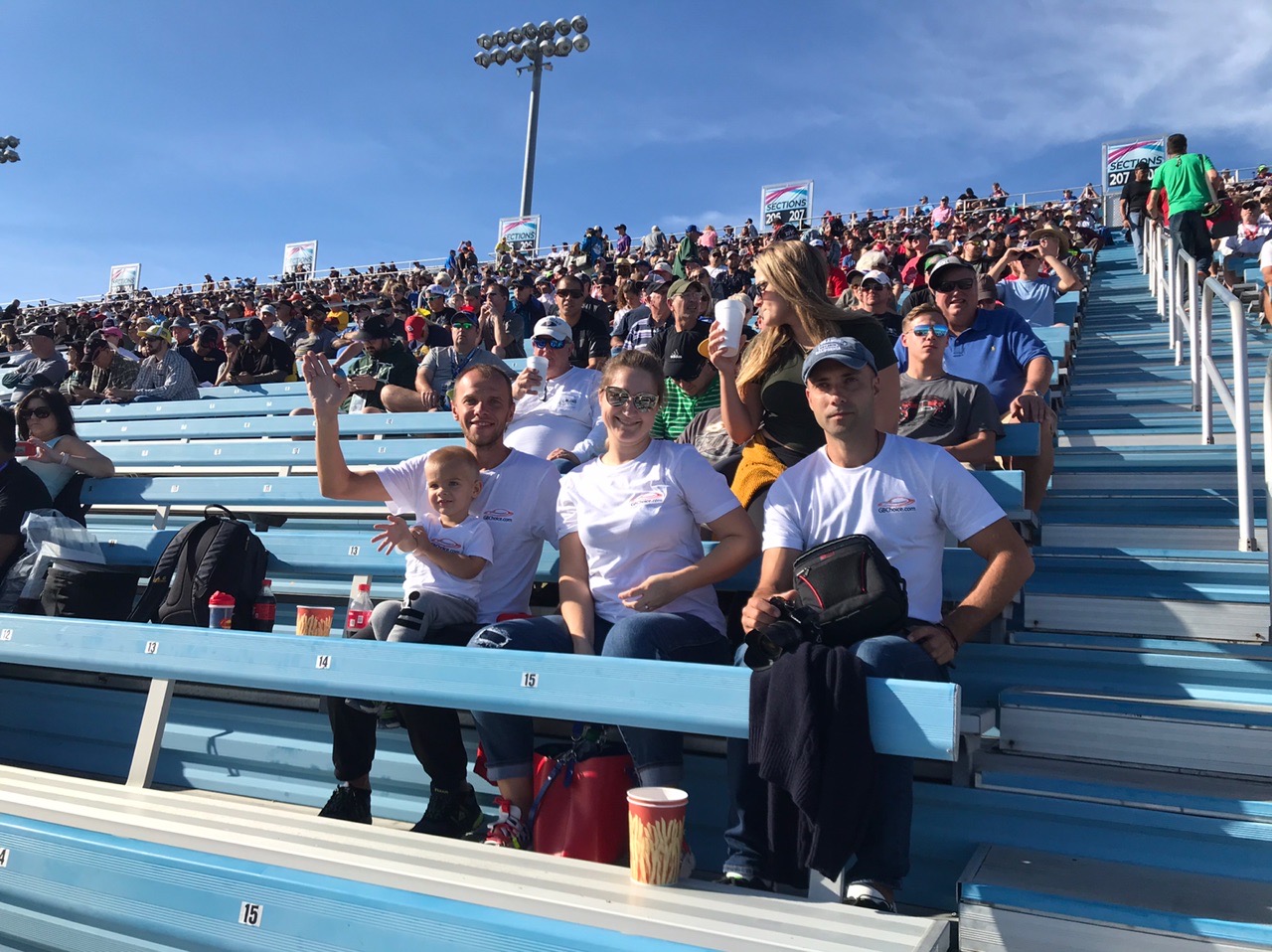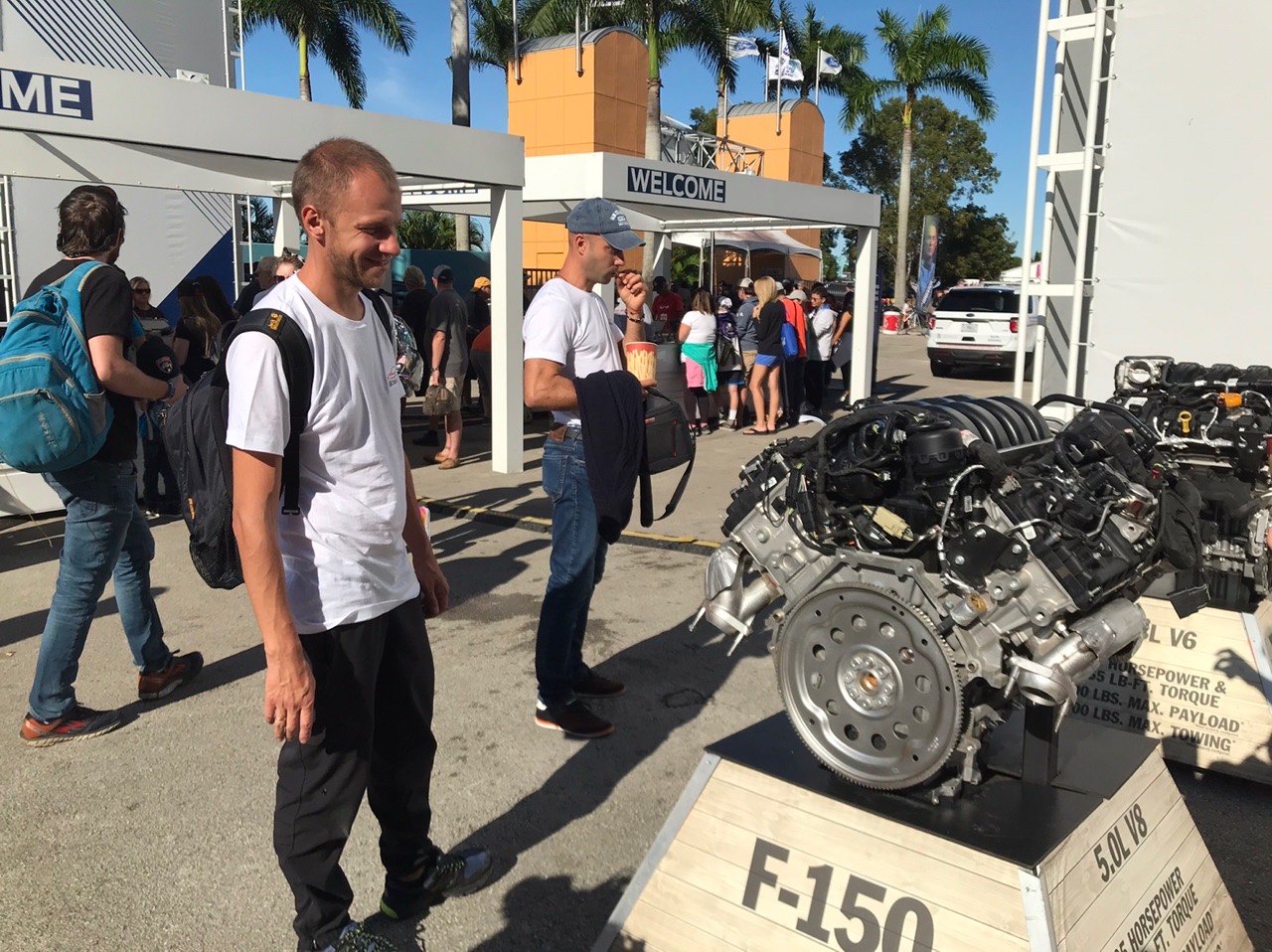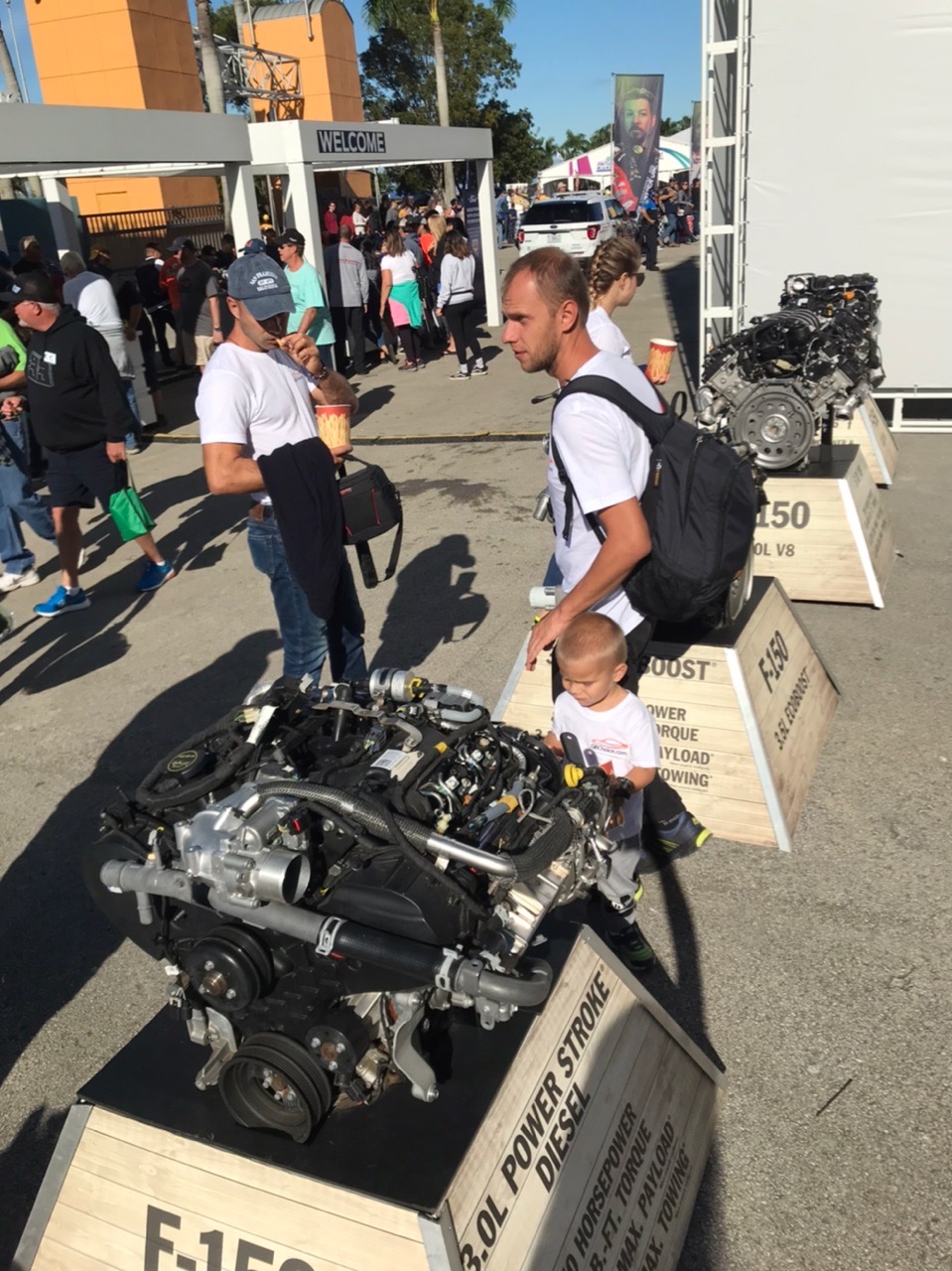
2019 Monster Energy NASCAR Cup Series
Last Sunday our team attended another great event in Miami. It was the final step of the 2019 Monster Energy NASCAR Cup Series - Ford EcoBoost 400 at Homestead-Miami, which took place on November 17th.
The 2019 Monster Energy NASCAR Cup Series was the 71st season of professional production car racing and the 48th season of the “Modern-era”. The championship started on “Daytona International Speedway”; and the “Brickyard 400”, held in September, was traditionally the final stage.
As it has been said above, the playoff finals ended with “Ford EcoBoost 400” at “Homestead-Miami” on November 17th.
This event took place in Florida. The 1.5-mile oval of Homestead-Miami Speedway was set for the championship finale.
History of NASCAR Cup Series
The National Association of Stock Car Auto Racing, Inc. is a privately owned company involved in car racing and related business. It was established by Bill France in 1947-1948 years in the United States of America, and is still owned by the France family. The association holds a large number of different championships (series). The three largest NASCAR series - the Monster Energy NASCAR Cup Series, NASCAR Xfinity Series and NASCAR Camping World Truck Series make up the backbone of the association. Regional division - NASCAR Whelen All-American Series, NASCAR Whelen Modified Tour (open-wheel vehicles), NASCAR K&N Pro Series, etc. Series are also held outside the USA - in Mexico (NASCAR Toyota Series), Canada (NASCAR Canadian Tire Series), and Europe (NASCAR Whelen Euro Series).
In 1981, the Association completely changed its technical policy, and now silhouette prototypes with a tubular frame, which only resembled serial cars, started to launch. Technical innovations were increasingly limited, and in order to equalize the participants in matters of aerodynamics, the cars even lost their external resemblance to road counterparts.
In 1979, the NASCAR-Daytona 500 race was first shown live and the take-off of popularity began. In 1996, the Daytona 500 rankings surpassed that of the Indy 500 and NASCAR was considered to be the second most popular US competition (NFL was the first), and NASCAR's most popular racer, Dale Ernhardt Jr., was also America's most popular athlete.
Technics
Stock cars carry the names of serial cars, but they do not even look like them externally. At the heart of cars there is a tubular steel frame. Factories (now Ford, Chevrolet and Toyota) supply teams only with cylinder units, and some other details, including the frame and the outer metal skin, the teams build themselves. All stock cars have a V8 engine with a working volume of 5.87 liters, the configuration of which has not changed since the 60s of the last century: a cast-iron cylinder unit, a lower camshaft and (until 2012) carburetors are used. The gearbox has four steps, however, on oval tracks, gears must be switched only when driving to pit stops and when driving under a peyscar. In 2007, NASCAR's top division began transitioning to Cars of Tomorrow. In 2007, such cars were used only on short ovals (up to 1.33 miles), since 2008 CoT have been used at all stages. On Cars of Tomorrow, the role of aerodynamics is reduced and safety is enhanced.
In 2010, NASCAR began to gradually improve the aesthetic appearance of CoT. Starting from the spring stage in Martinsville, instead of a wing, a standard spoiler was used. In 2011, the appearance of the front part changed. In 2013, the sixth generation cars debuted in the Sprint Cup. Now each of the three car brands has an individual look.
See https://www.nascar.com/ for more information.
disscuss